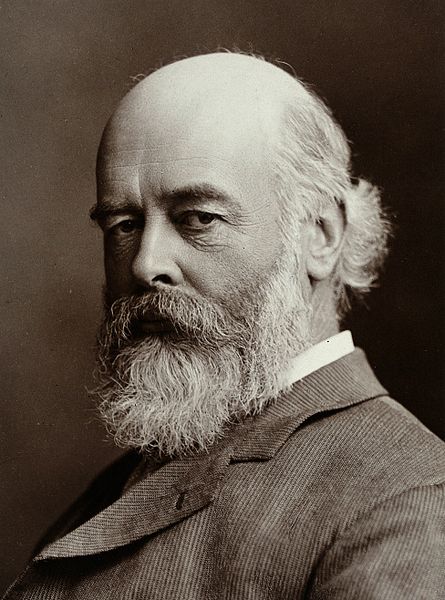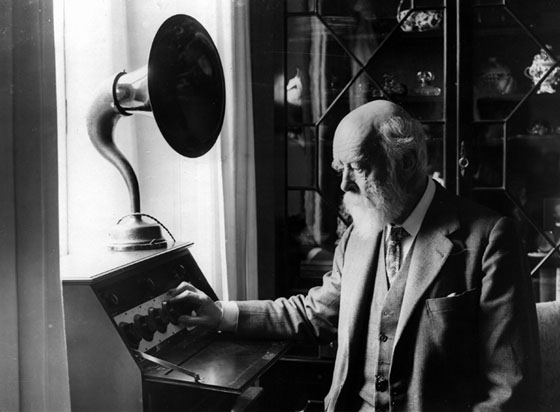 | |
| Born | 12 June 1851 Penkhull, Staffordshire |
| Died | 22 August 1940 | Age 89 Wiltshire |
Oliver Lodge 1898
The first loudspeaker to be driven by a moving coil – known today as dynamic loudspeakers – was invented by a British physicist Oliver Lodge in 1898.
Design
His patent 9712 on Apr 27, 1898 described an improved loudspeaker using a coil connected to a diaphragm, suspended in a strong magnetic field with nonmagnetic spacers to keep the air gap between the inner and outer poles of a moving coil transducer.
At this time there was little need to amplify recorded music, that was still in its infancy, but telephone communication was pushing the need for better audio reproduction.
Lodge's cone loudspeaker, which he referred to as a "bellowing telephone", used the basic principle of the conventional cone loudspeaker drivers that we know today.
Power
What this invention needed was amplification and that came along with the valve. With more power bigger magnets and cones could now be used.
A model of his loudspeaker is in the British Science Museum.

Diaphragm
The concept was further refined in 1901 by John Stroh. He described the conical paper diaphragm that terminated at the rim of the speaker in a section that was flat except for corrugations.Early Speakers
Alexander Graham Bell created the first practical 'transmitter' for his telephone in 1877 that was improved by Siemens. It used a permanent bar magnet with a coil of wire wrapped around it, and an iron diaphragm using harmonic vibrations.


